TRACK START VS. GRAB START EXPLAINED (SHOULD I CHOOSE THE TRACK START OR THE GRAB START FOR MY RACES?)
Should I do a track start or a grab start?
That is a question I get asked quite a lot. My answer usually is that it really depends on many things.
Such things could be your body agility, what type of event you swim, how deep you want to go on a dive and what you feel comfortable with.
If you are practicing your starts, you should definitely try both variations and then come up with the best one for each event/stroke/race that you do.
It is possible that you will only do a track start or only a grab start, but it is also possible that you, for example, will do a track start for a sprint freestyle event and a grab start for a mid-distance breaststroke event.
It seriously depends on many aspects of the swimmer and his/her ability to execute the appropriate dive.
So, don’t worry if you are unsure.
Many swimmers still haven’t figured it out.
Here is a short comparison of what I think are advantages of each.
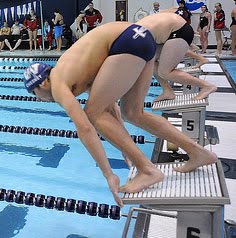
Grab Start
The grab start is the older of the two variations of starts and has been challenged as the number one start in competitions by the track start in the last decade or so.
It is thought of as a bit more powerful than the track start and it should allow the swimmer to use more force applied to the block, however, it is slower.
The grab start is done with both feet next to each other, about 1 foot apart, and your toes curled over the edge of the block to improve your grip.
Your body is bowed forward with your knees slightly bent to improve your spring action off the block.
When you bend over to grab the block and wait for the final GO, it is very important that you put your weight in front of your toes and not on your heels, so in other words, you should lean a bit forward while supporting your weight by holding the block.
Be careful though, so you don’t lose your balance and get disqualified by an early start or by falling into the water.
This lean forward technique needs to be practiced as it fully depends on your hamstring flexibility. If done properly, it will allow for a faster reaction time off the block.
So after the whistle, you just shoot out forward and not rock back to your heels and then forward to your toes again.
Just as your toes. Your fingers should be wrapped around the block on the outside of your feet and if possible grabbing the block and pulling you towards it.
Your eyes are looking directly at your toes, NOT behind your or NOT forward (like it is shown on the image with this post).
So when you are all ready for the starting bang, you are bent over, leaning slightly forward, your head is lowered with your eyes looking at your toes.
Pretend like you are a loaded spring, just about to explode when the starting whistle sounds.
Right after the start, your first movement should be with your arms and fingers.
It does sound weird, but you should pull up and pull slightly back on the block to prevent you from rocking back to your heels and then to your toes again.
This pull-up will give you the starting momentum forward which you will then complete with the push from both of your feet at the same time.
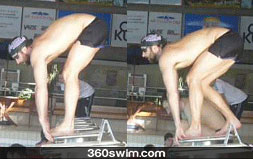
Track Start
The track start provides for faster reaction time.
I am assuming, this is the main reason why it overtook the grab start in the elite swimmer ranks.
You also will have a lot more stable posture on the block than during the grab start, so if you get disqualified during the grab start for early starts too often, the track start is for you.
There are a couple of major variations of the track start.
One is called the lean back (slingshot or rear weighted) start where you lean as far back on the block as possible and the other is performed in a similar manner as the grab start a more of a leaning forward start where all your weight is in the front of your block.
Which one of these you will choose depends fully on your preference, but it is interesting to note that the lean forward start is becoming a bit more popular since you have a shorter distance to travel to get off the block.
The track start is done in a similar fashion as a running track start you see in the athletics (track and field) events.
Feet are staggered one in front of the block with toes curled over the edge and one in the back (some blocks have an actual extra starting block pad in the back to help with the back foot placement).
One common question here is if the feet should be staggered inline or a bit apart.
You will get more power if they are apart, at least ½ of your foot, so a bit closer than the grab start.
The next question would be how far behind each other they should be.
This is a very good question and I tend to lean towards a bit closer together than too far apart.
So, I’d recommend, no more one foot between the front and the back foot. If you spread them too far apart, you lose the force of the back foot.
So, now you may be wondering, which foot do I put forward and which in the back during the track start.
I’ll let you figure this out and in the next few days will post a short article with some simple exercises which will help you determine which foot to put forward when you do a track start.
The head and hand position during the track start is very similar to the grab start where eyes are watching the front foot and fingers are curled over the block (if possible).
Some new blocks have two hand rails on both sides to grab on to, so give it a shot if your pool has them. You might get more power comin off the block. During the take your mark step of the start, you should slightly flatten your back as if you want to pull yourself closer to the block. When the whistle blows, your first motion is the pull up on the block with your hands as in the grab start, but on this in some later posts.

Grab start vs. Track start - Which one to choose?
As you can see there are some differences between the track start and the grab start, but also many similarities.
I don’t dare to say which one is more conventional.
The grab start used to be, but now it appears that the track start is in the mainstream.
And how does this translate to what I talked about at the beginning where you should choose a start based on some characteristics of your body or event you are swimming?
For example, a grab start requires quite a lot of flexibility as you need to grab the block below your feet and only slightly bend your knees.
If you are not that flexible you’d end up almost with a 90-degree angle in your knees and this would just put too much weight on the back of the block.
So, if you are not that flexible, the track start is a little bit better choice.
Since the grab start is a bit more powerful you can also have a deeper entry into the water which is beneficial for longer breaststroke or butterfly events as you need to be in the right depth underwater to perform the right underwater kick or pull.
However, since underwater dolphin kick is nowadays also heavily swam in freestyle events, one could argue that if you are strong underwater kicker, grab start might be better, but if you are not that great at underwater, the flatter track start is the one for you.
As you can see the possibilities are endless and it really just depends on your ability to execute each of the different types of the start.
The bottom line, however, is that for sprint events you’d want to opt into the more faster reaction time start as opposed to more powerful start which in this case would be the track start.
Practice both and decide by playing around with the different swimming start variations.
Happy starting!
If you are new to starts in swimming, perhaps you should first visit the learn to dive section to get some tips on how to learn proper starts to spice up your swimming and then come back to this section when you are ready.
FREE VIDEOS AND ADVICE VIA EMAIL
 LNURL1DP68GURN8GHJ7URP0YHRXD3SWDMKJMFWVDHK6TMVDE6HYMRS9A4HSCNCWFXSH3NN0H
LNURL1DP68GURN8GHJ7URP0YHRXD3SWDMKJMFWVDHK6TMVDE6HYMRS9A4HSCNCWFXSH3NN0H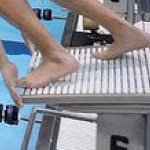
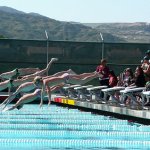

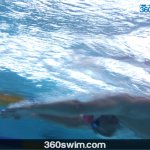





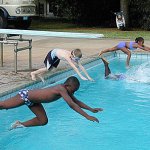
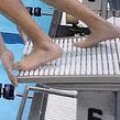




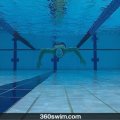

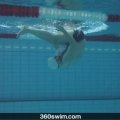
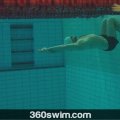

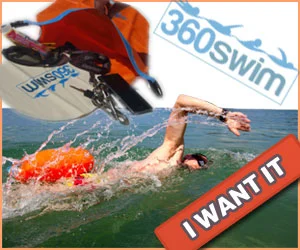



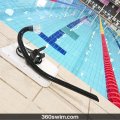
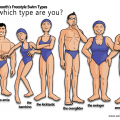
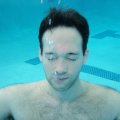
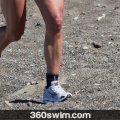
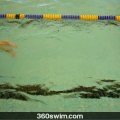
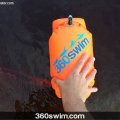
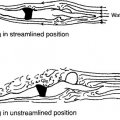


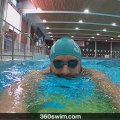
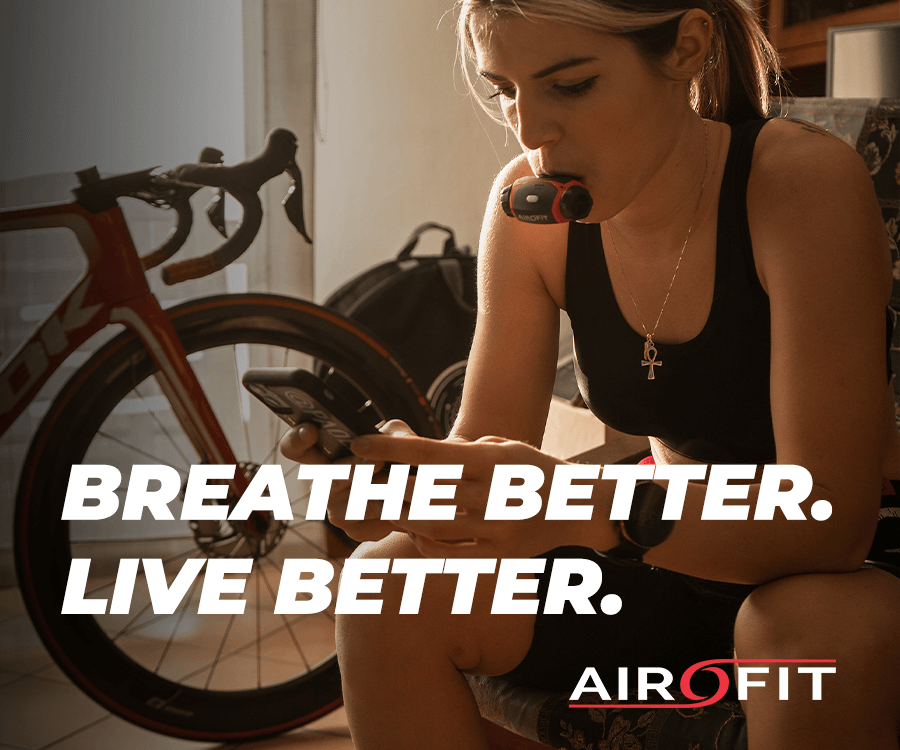

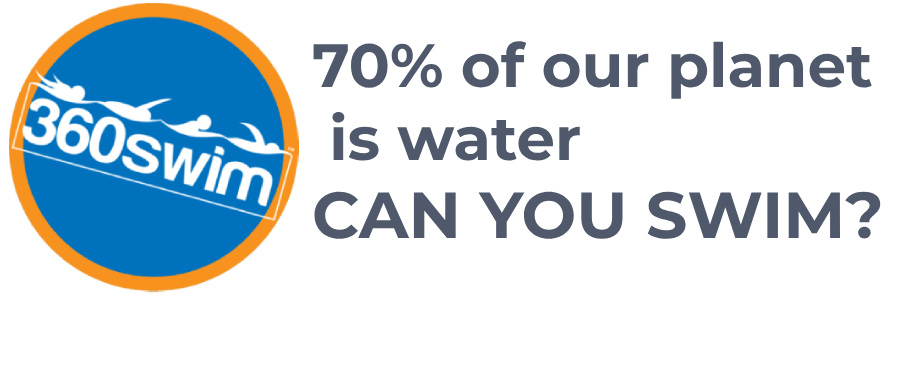
Comments (1)